Following my Introduction to Japan and overview of The Geography of Japan, this is a brief look at the country’s flora and fauna. I won’t attempt to be at all comprehensive, I just want to provide a sense of place.
Much of Japan is forested. The northern forests are coniferous and the tiny southern islands have subtropical plants, but most of Japan’s forests are a mix of broad-leaf and needle trees, with the occasional grove of bamboo.
Common trees include native species of pine, spruce, beech, oak, and maple, as well as hinoki and sugi. These last two trees are endemic to Japan, meaning Japan is the only place they grow natively, although both are now cultivated in gardens around the world.
Hinoki is related to cypress, while sugi – which belongs to its own genus, Cryptomeria – has cedar-like wood and a sequoia-like appearance. Hinoki and sugi both produce wood that is excellent for construction, being strong, fragrant, and resistant to rot and insects. Unfortunately, both trees also produce abundant hay-fever-inducing pollen.
Animals inhabiting these woods include foxes, wild boar, and deer. There are some brown bears on Hokkaidō, the northern island, and small numbers of Asiatic black bears in the mountains of the other three main islands. Wolves once inhabited Japan, but they died out about 100 years ago. More unusual animals include the tanuki, the Japanese serow, and the Japanese macaque.
Tanuki are also known as raccoon dogs, but they’re unrelated to raccoons.
Japanese folktales portray tanuki as shape-changers who like to eat huge meals and drink enormous quantities of sake and then pay with money that turns to leaves after the tricksters have made their escape.
The Japanese serow has no colorful stories associated with it, but it’s endemic to Japan.
It’s cute, too.
The Japanese macaque is also unique to the islands.
They’re sometimes called snow monkeys, as their range extends farther north than any other monkey, but they also live in regions where snow is rare.
All manner of birds live in Japan. Crows dominate the cities and often drive away other birds, but waterfowl hold their own along the rivers, in the city or out.
In Japan, as in the rest of East Asia, red-crowned cranes symbolize longevity and are a favorite subject of art, but they are now – ironically, sadly – endangered.
The paving of so many of Japan’s streams and rivers probably hasn’t done any favors for wildlife.
With many streams like this one (Or most? All?), not only have the banks been reinforced, but in fact the riverbed has also been paved. The pretense for this canalizing, which was carried out all over the country, was to prevent erosion and flooding, but the primary goal was really to create jobs and reward the construction industry for political support. It’s not entirely bad, though. Along the sides of streams like this, concrete blocks have been dropped and then covered with soil (the blocks help keep the soil from washing away), and riverside grasses are able to return.
Grassy plains and wetlands once accounted for most of Japan’s non-forested flatland, but most such areas have long been filled with houses or farms. On the bright side, the average rice paddy is utterly teeming with life. I harvested rice twice while living in Kobe, and both times, as the plot was cleared, frogs and insects fled the newly exposed ground in waves.
Rice is the biggest crop in Japan, but it is by no means the only one. But I’ll leave the topic of Japan’s fruit and vegetables for another post. I’ll finish this entry with the country’s native flowers.
Ume (“oo-may”) – Prunus mume, aka Chinese plum, aka Japanese apricot – is beloved in China as a symbol of resilience, because it flowers in early February. (Note: all of the following flower pictures are from Wikipedia.)
When Chinese culture entered Japan, ume blossoms (generally translated to “plum blossoms”) became the most popular flower, at least in poetry. But after a few centuries, that place of honor was permanently taken by the flowering cherry.
Flowering cherries bloom gloriously for about one week and then their petals scatter. In Japan, they are therefore a symbol of transience.
Japan doesn’t have a national flower, and if it did, the cherry blossom would have to be it, but the imperial crest is a golden chrysanthemum.
Other native flowers include peony, iris, andromeda, azalea, bluebeard, Kobushi magnolia, many species of camellia, hydrangea, lotus, and wisteria.
That’s all for now.
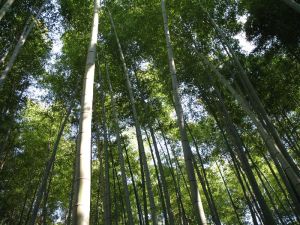
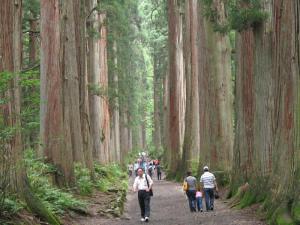
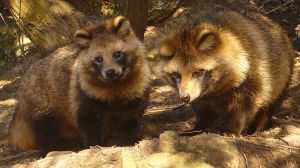
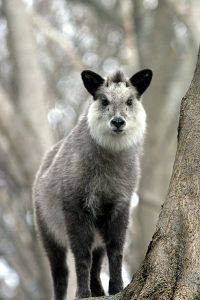
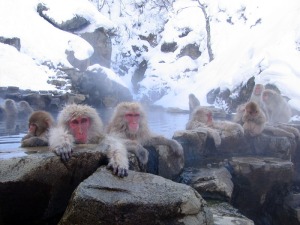
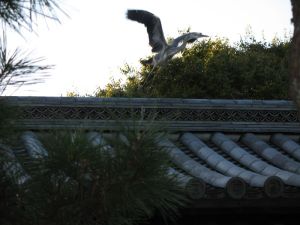
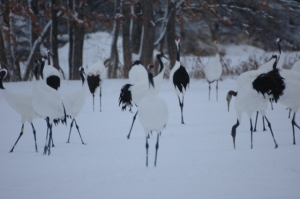
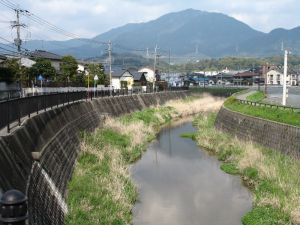
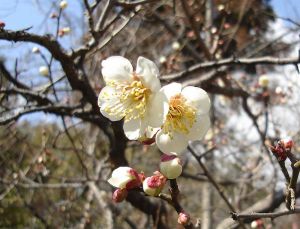
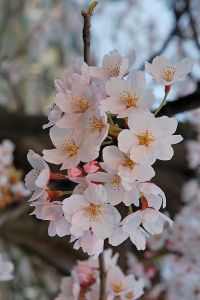
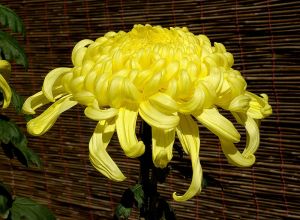
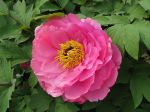
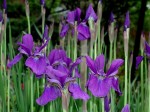

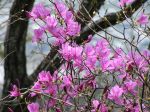
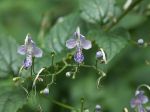
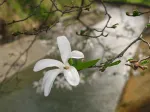
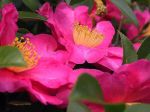
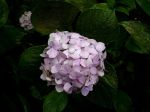
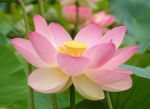
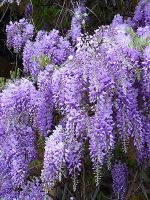
September 27, 2010 at 5:44 pm |
but they do look a little bit like raccoons!
November 28, 2011 at 11:47 pm |
ikr!! they hell look like raccoons. Raccoons are hell cute they have fluffy tails!! :)
April 22, 2012 at 10:20 am |
tis page help my report
p.s.
i luuuuuv irises
July 21, 2012 at 1:45 pm |
thanks for the info. it’s great for my story
July 21, 2012 at 1:46 pm |
coming out in dec. 31 2012! Hope you buy it!
May 28, 2013 at 9:26 pm |
This is amazing, really helped me out on a research report. Thanks! TANUKIS! :D
January 23, 2014 at 12:32 pm |
Thanks this helped me with a class
March 23, 2014 at 7:01 am |
Really helped my with geography class, thaks a lot. Best wishes from Spain
July 15, 2014 at 8:41 am |
nice but worried animals!
July 19, 2014 at 9:22 pm |
Lol the tanuki are so cute
May 3, 2017 at 11:27 am |
Thanks this helped me :)
June 13, 2017 at 12:58 pm |
This was very useful!it really helped
July 22, 2018 at 11:20 am |
I often browse the internet these days searching solutions to my hay fever. I like to research about new ideas, things that I may not have tried before. I really enjoyed reading the posts on your site. Thank you for sharing.